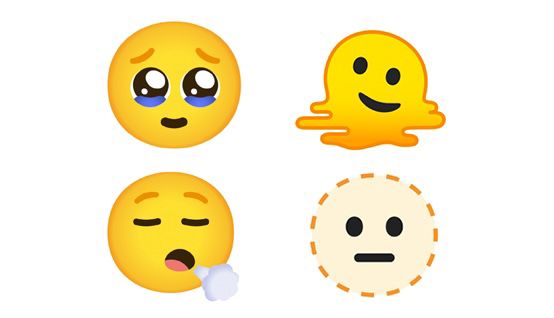How to analyze comics with narrative grammar
Over the past several years, I’ve presented a lot of evidence that panel-to-panel “transitions” cannot account for how we understand sequences of images in visual narratives like comics. Rather, I’ve […]
Dispelling emoji myths

In my recent BBC article and my blog posts about emoji, I have tried to explain how emoji are not an emerging language, but that they do serve important functions that resemble other […]
New Paper: Narrative Conjunction’s Junction Function
I’m excited to announce that my new paper, “Narrative Conjunction’s Junction Function” is now out in the Journal of Pragmatics! This is the first major theoretical paper I’ve had in […]
Inference generating comic panels
Since my last post discussed my new paper on action stars, I thought it would be worth doing a refresher on these types of panels in the visual language of […]
Review: Unflattening by Nick Sousanis
Nick Sousanis’ recent book Unflattening has been receiving praise for its freeing message and artistic execution. The book was Sousanis’ doctoral dissertation, and in being a graphic work, it thus […]
Fall projects and complex theory
Alas, these last few months have flown by with little time to post. After recuperating from my flurry of summer/fall travel, I’ve been diligently working on a few new projects, […]
“Bad anatomy” and body objectification in comics
Greg Land cover and redrawn version from www.themarysue.com The recent uproar over the covers of Spider-Woman books by Marvel has lead to cries that they are both sexist and poorly […]
Page layouts with the Golden Ratio
I was recently sent a link to this blog post from back in May that discusses the “Golden Ratio” in the creation of comic pages by Bizhan Khodabandeh. He has some […]
Rules of Emoji
A friend passed along this article recently which describes research by Tyler Schnoebelen that explores the rules people use when writing with emoji/emoticons. When people hear that I work on […]
Towards a visual sociolinguistics
I’ve heard some people complain that a “language” approach to drawings and sequential images is overly formal and washes out the ability to talk about socio-cultural issues. I actually think […]